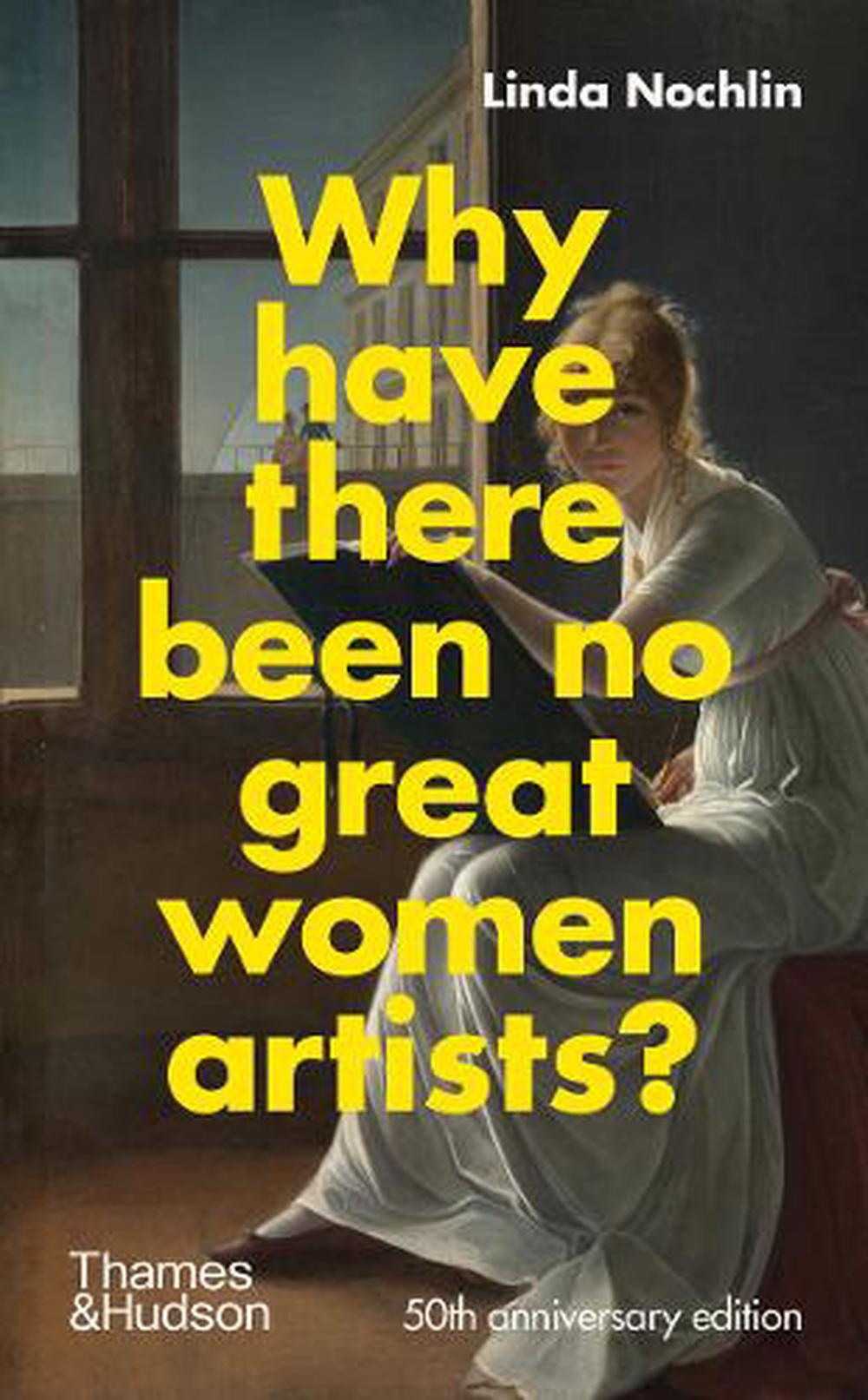

(This imbalance is only just changing now, with the RA finally staging its very first major solo exhibition next year by a woman – Marina Abramovic. It is noted for its contribution to Feminist art - Wikipedia history and theory, and its examination of the institutional obstacles that prevent women from succeeding in the arts. These people didn’t have anyone looking after them. There are also, inevitably, many striking examples of injustice, notably the unfair treatment of the only two female founding members of the Royal Academy of Arts, Angelica Kauffman and Mary Moser, who, in a 1772 painting that captured all 36 founders, were immortalised only as busts in the top right-hand corner. 'Why Have There Been No Great Women Artists' is a 1971 essay by American art historian Linda Nochlin. So much work by women artists has been destroyed think of Pauline Boty, whose pieces were found in a garden shed in the Nineties. Hessel introduces us to work we ought to know about, such as the enlightening paintings of Sofonisba Anguissola (1532–1625), whose self-portraits take joyful ownership of her image at a time when the gaze was only through men. It is noted for its contribution to feminist art history and theory, and its examination of the institutional obstacles that prevent women from succeeding in the arts. Beginning with two 15th-century artists, Catherine de’ Vigri and Properzia de’ Rossi, and taking us right up to the present day through the stories of more than 300 artists, it examines the systemic reasons why women have been written out of the canon. Why Have There Been No Great Women Artists' is a 1971 essay by American art historian Linda Nochlin. The book is an ambitious, revisionist encyclopaedia, whose title riffs off EH Gombrich’s introductory ‘bible’ The Story of Art (the first edition, published in 1950, included no women at all).


 0 kommentar(er)
0 kommentar(er)
